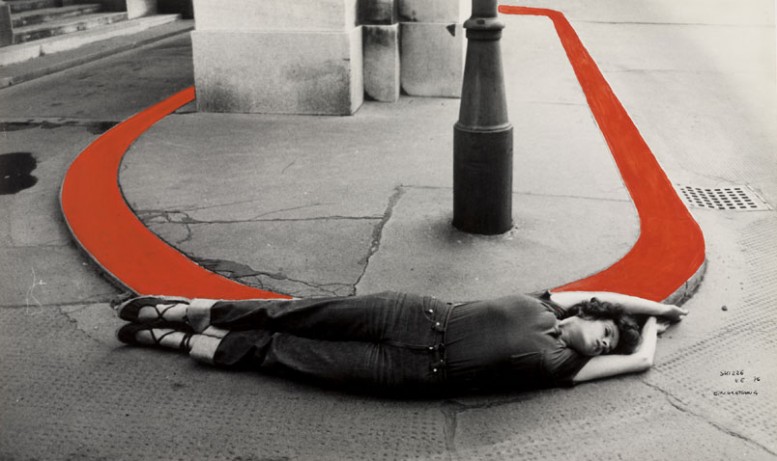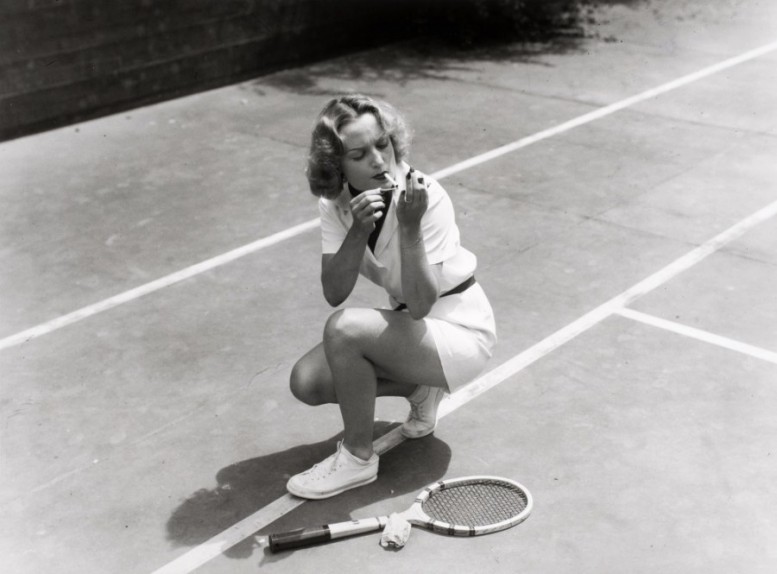 Valie Export, Einkreisung (Encirclement) from the series Körperkonfigurationen (Body Configurations). 1976.
Valie Export, Einkreisung (Encirclement) from the series Körperkonfigurationen (Body Configurations). 1976.
The Shaping of New Visions: Photography, Film, Photobook, on view this month at the MOMA in New York, covers the period from 1910 to today, offers a critical reassessment of photography's role in the avant-garde and neo-avant-garde movements—with a special emphasis on the medium's relation to Dada, Bauhaus, Surrealism, Constructivism, New Objectivity, Conceptual, and Post-Conceptual art—and in the development of contemporary artistic practices. The shaping of what came to be known as "New Vision" photography bore the obvious influence of "lens-based" and "time-based" works. El Lissitzky best summarized its ethos: "The new world will not need little pictures," he wrote in The Conquest of Art (1922). "If it needs a mirror, it has the photograph and the cinema." The Shaping of New Visions: Photography, Film, Photobook will be on view at the Museum of Contemporary art from April 18 to April 29, 2013.

